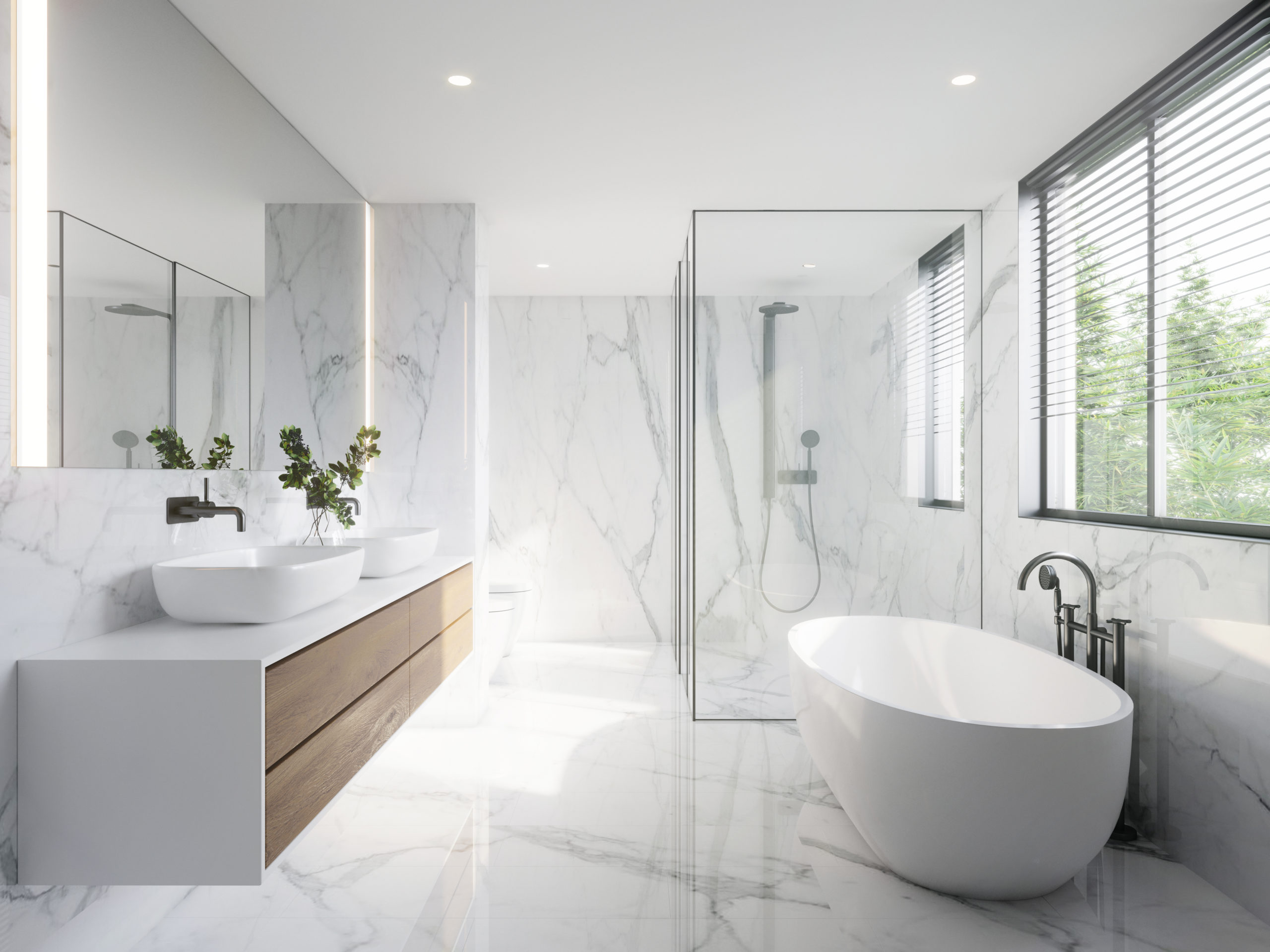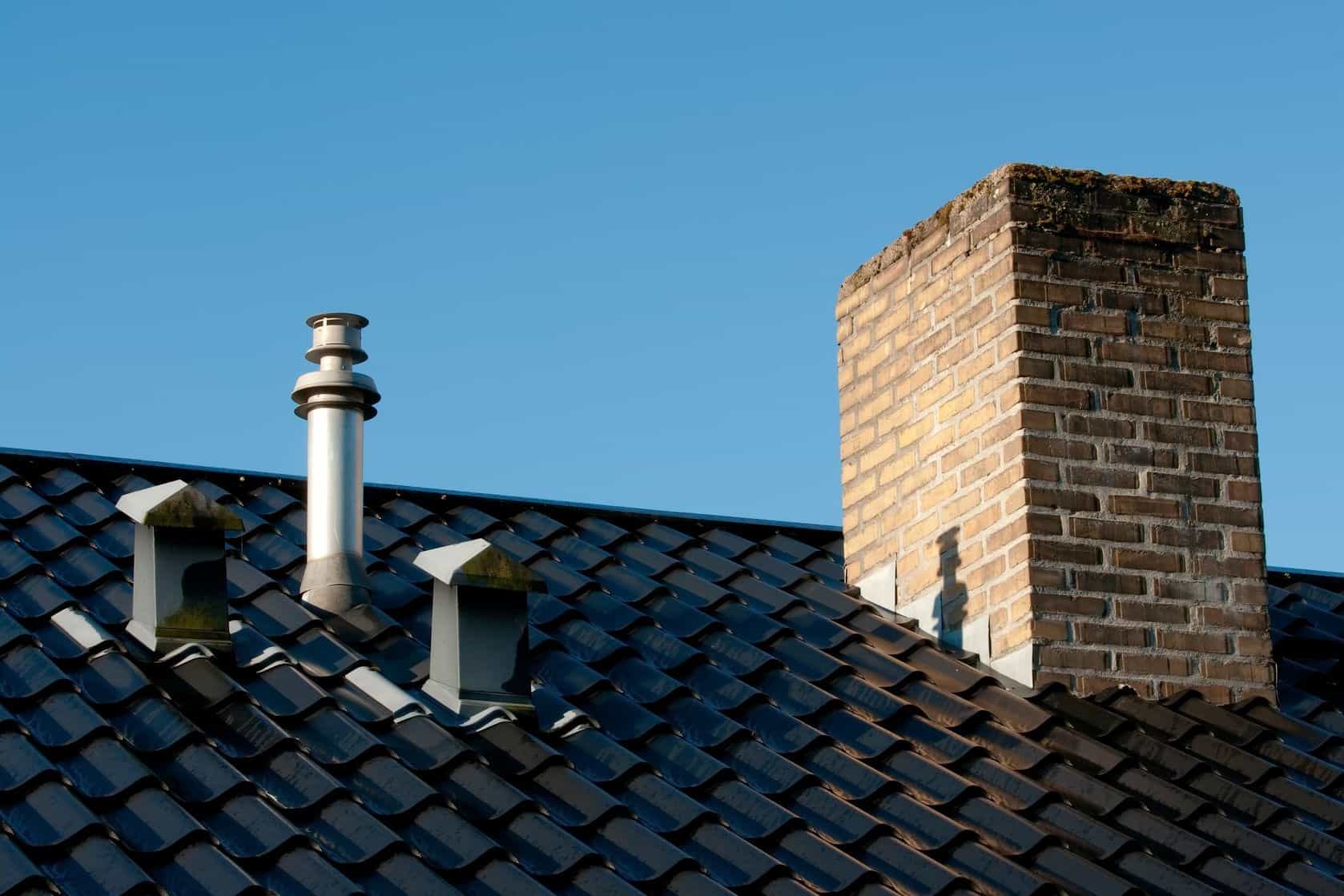The Function of Correct Ventilation in Maintaining Plumbing Systems
The Function of Correct Ventilation in Maintaining Plumbing Systems
Blog Article
Almost everyone has their own unique theory in relation to What Are Plumbing Vents and Why Are They Important?.

Proper air flow in pipes systems is commonly overlooked, yet it is vital for maintaining the functionality and security of your home's pipes. Ventilation assists manage air pressure, avoid the accumulation of unsafe gases, and guarantee the effective elimination of waste. In this overview, we will certainly explore the importance of appropriate pipes air flow, just how it functions, and the benefits it brings to your plumbing system.
Understanding Ventilation in Plumbing
Ventilation in pipes describes the network of pipes that permit air to flow through the drainage system. These vents serve multiple purposes, including managing atmospheric pressure within the pipelines, protecting against drain gases from getting in the home, and aiding in the smooth flow of wastewater.
Exactly How Air Flow Functions in Plumbing Solutions
Air Pressure Policy
Correct air flow maintains balanced atmospheric pressure within the pipes system. When water moves through pipelines, it displaces air. Without sufficient ventilation, this variation can create adverse pressure, bring about slow drains pipes or siphoning of water from catches, which can cause unpleasant smells to permeate into the home.
Stopping Sewage System Gas Buildup
One of the most vital functions of plumbing vents is to stop sewage system gases, such as methane and hydrogen sulfide, from accumulating within the home. These gases can present significant health and wellness risks and are very combustible. Vent pipelines enable these gases to get away safely outdoors.
Aiding in Waste Elimination
Ventilation helps in the efficient elimination of wastewater by avoiding airlocks in the water drainage system. When air can stream easily through the vents, it allows water and waste to move smoothly through the pipelines, minimizing the risk of obstructions and backups.
Types of Pipes Vents
Main Heap Vent
The main pile vent, additionally known as the vent pile, is the main air vent in a plumbing system. It extends from the main drainpipe align through the roofing system, enabling gases to get away and fresh air to go into the system.
Branch Vent
Branch vents attach to the major pile air vent and offer individual fixtures, such as sinks, toilets, and showers. These vents guarantee that each fixture has adequate ventilation to work correctly.
Air Admittance Shutoff (AAV).
An Air Admission Shutoff (AAV) is a one-way shutoff that permits air to enter the plumbing system without the need for a standard air vent pipe prolonging with the roofing. AAVs are generally made use of in improvements or locations where mounting a typical air vent is unwise.
Signs of Poor Air Flow in Pipes.
Slow Draining Fixtures.
If your sinks, bathtubs, or commodes are draining pipes slowly, maybe a sign of poor air flow. Poor air flow can produce a vacuum effect, making it tough for water to drain correctly.
Gurgling Appears.
Gurgling audios originating from drains pipes are commonly an outcome of air being drawn through water catches due to unfavorable pressure in the pipelines. This is a clear sign of inadequate ventilation.
Unpleasant Smells.
Sewage system odors inside your home are a red flag that your pipes system is not properly aerated. This might indicate that sewer gases are not being effectively vented outside, bring about possibly harmful conditions.
Usual Ventilation Errors.
Inadequate Vent Sizing.
Utilizing small vent pipelines can cause bad air flow and pressure imbalances in the system. It's essential to utilize vents that meet the details needs of your pipes system.
Improper Vent Positioning.
Placing vents too much from the fixtures they offer can decrease their effectiveness. Correct positioning ensures that air can move easily and efficiently via the system.
Ignoring Code Demands.
Building regulations supply certain guidelines for plumbing air flow. Overlooking these codes can lead to a system that stops working to function properly and might bring about costly repair services or carcinogen.
Benefits of Proper Ventilation.
Improved System Efficiency.
Properly aerated pipes systems run much more successfully, with less blockages, faster draining, and less strain on the pipelines. This efficiency prolongs the life-span of the plumbing system.
Improved Air Quality.
By avoiding sewer gases from entering your home, proper ventilation contributes to better indoor air high quality, making your living environment healthier and extra comfy.
Avoiding Water Damage.
Ample ventilation assists avoid water from being siphoned out of traps, which can bring about drain gases entering the home and creating water damage with time.
Actions to Make Sure Proper Air Flow.
Consulting Pipes Codes.
Always consult regional pipes codes when developing or customizing your pipes system. These codes give the necessary guidelines for correct venting and guarantee your system satisfies safety and security criteria.
Regular Inspection and Upkeep.
Normal evaluations can aid identify potential ventilation problems prior to they come to be significant issues. Maintenance jobs, such as cleaning up air vent pipes and looking for obstructions, are important for maintaining the system in good working order.
Specialist Installation.
For new setups or significant alterations, it's wise to hire a professional plumbing technician. They have the expertise to make certain the ventilation system is correctly created and set up according to code.
Final thought.
Correct air flow is an important element of any type of pipes system, making sure that it functions effectively and safely. By comprehending the relevance of ventilation, recognizing the indicators of bad air flow, and taking actions to preserve your system, you can stop expensive issues and shield your home's air high quality.
4 Things You Should Know About Your Plumbing Vents
What Plumbing Vents Are
Also called a vent stack, a plumbing vent is a vertical pipe attached to your drain line that runs through your roof. The plumbing vent pipe, or plumbing air vent, removes gas and odors from your plumbing system and allows fresh air to enter the pipes, helping the water to flow out of the drain pipes.
What Plumbing Vents Do
Plumbing vents have two basic functions. One of which is to allow unpleasant smelling wastewater and sewer gasses to escape your plumbing system instead of entering your home. Plumbing vent pipes are typically located on roofs, away from windows, to ensure the fumes exit the home completely.
The other function of the plumbing vent is to move fresh air into your plumbing system. This helps move water through every plumbing fixture in your house, like toilets and sink drains. Think of the way in which you need to let a little air into the bottle as you pour soda in order to make the drink flow smoothly.
Different Types of Plumbing Vents
True vent: This is the most common vent option. In simplest terms, a true vent is a vertical pipe attached to your drain line that exits through the roof. They often function as the main vent that other fixtures can connect to. Re-vent pipe or auxiliary vent: Attached to the drain line near specific plumbing fixtures, re-vent pipes run up and over to connect to the main vent. Common vent: Two plumbing fixtures installed on opposite sides of a wall are typically tied into the vent stack using something known as a sanitary cross. Wet vent: This venting option operates as a drain pipe and a vent at the same time. Wet vent drainage systems drain water from one fixture while venting the air from another. Although they’ve been used for over 100 years, wet vent systems have only recently been added to the plumbing code in many areas. If you’re planning on installing one in a bathroom remodel, make sure you check your local code prior to construction. Loop vent: For free-standing fixtures like kitchen island sinks, loop vents are ideal. These vent pipes run under the floor, rise from the P-trap, and create a loop inside the cabinet sink. Air admittance valve: An AAV is a one-way mechanical valve typically installed at the site of the plumbing fixture. AAVs allow venting to occur without having to tie into a larger venting system. They’re ideal for venting fixtures where you aren’t able to easily connect to an existing vent system. Common Plumbing Vent Issues
Although vent pipes typically don’t have water flowing through them, they’re still subject to many typical plumbing issues. For example, clogs are one of the most common problems associated with sewer vent pipes. If your vent pipe gets clogged, all of your plumbing fixtures tied into the vent stack will be affected.
A sink with a slow drain that bubbles and gurgles or a strong sewage smell around your toilet are both indicators that your toilet vent pipe is clogged. Because most vent pipes exit through the roof, old leaves, twigs or even a bird’s nest could be clogging the pipe.
Clogs in your vent pipe system cause a buildup of negative pressure, meaning that water won’t be able to flow out of your home very well. It’s similar to putting your finger over the opening of a straw to trap water inside. When you remove your finger, the water is able to flow out of the straw.
If you suspect you have any blockage in your vent, make sure you have a professional come examine the situation. Left unchecked, a blocked air vent can lead to other costly repairs, like leaks and sediment buildup.
Under Pressure
Pipe vents are essential aspects of a home’s plumbing system. Owning a home means learning about all sorts of things you never put much thought into before. But by understanding as much as you can about the important systems of your home, you can keep those budgets intact and those anxiety levels low.
https://www.homeserve.com/en-us/blog/home-improvement/plumbing-vents/

I'm certainly very intrigued by and I hope you appreciated my post. Liked our piece? Please share it. Help others find it. We cherish reading our article about What Is A Plumbing Vent & How Do They Work?.
Maintenance Sign-Up Report this page